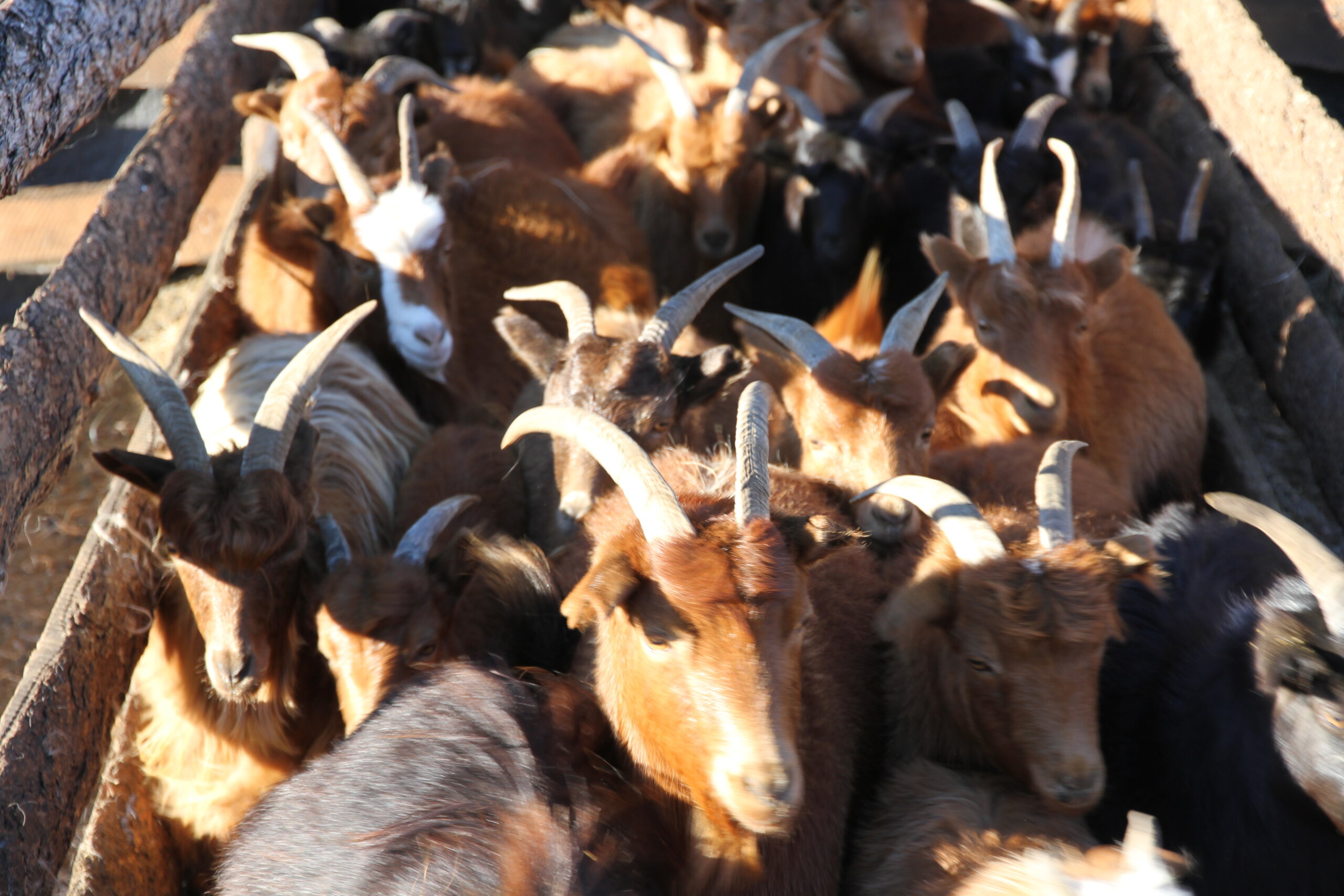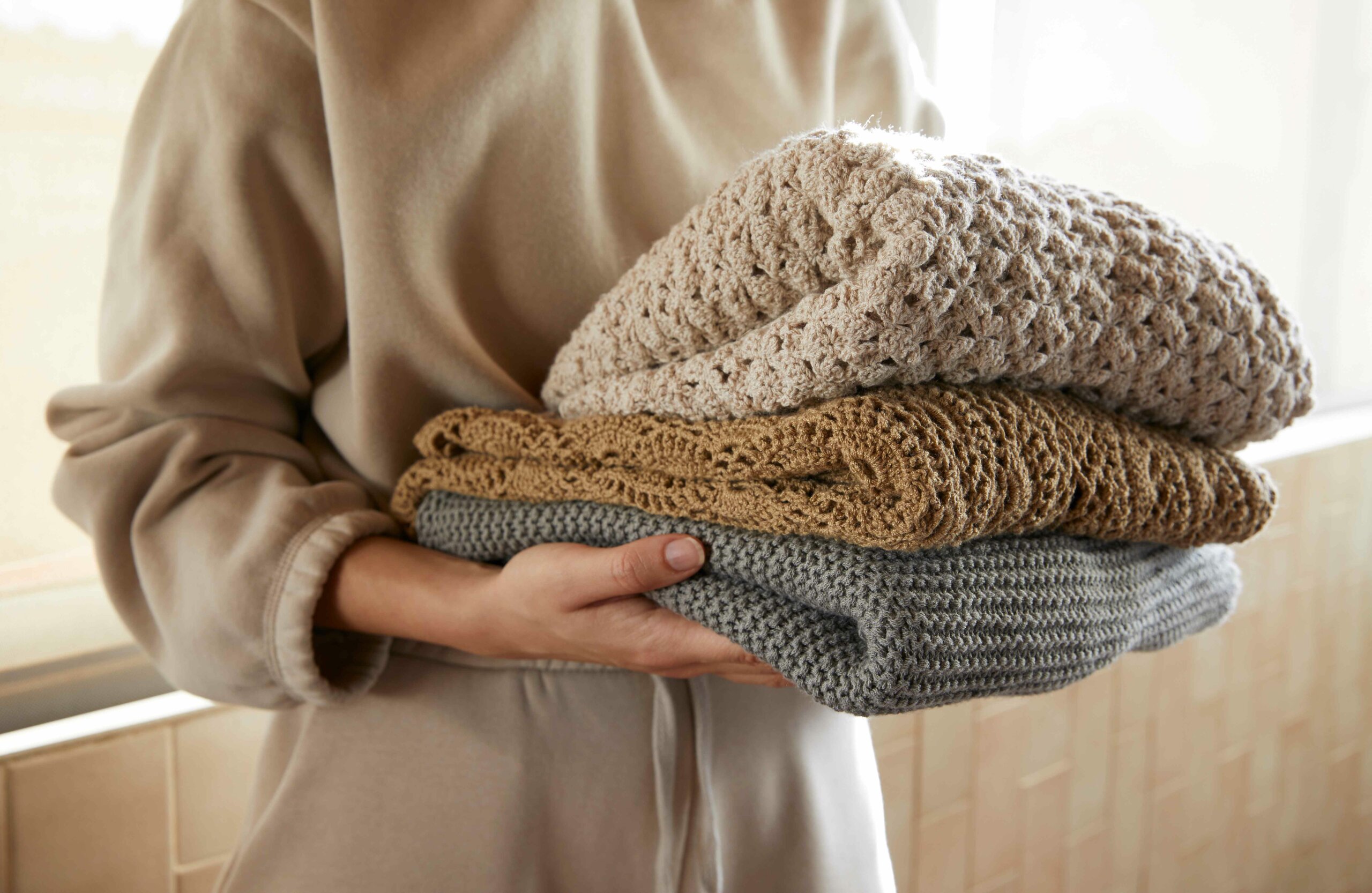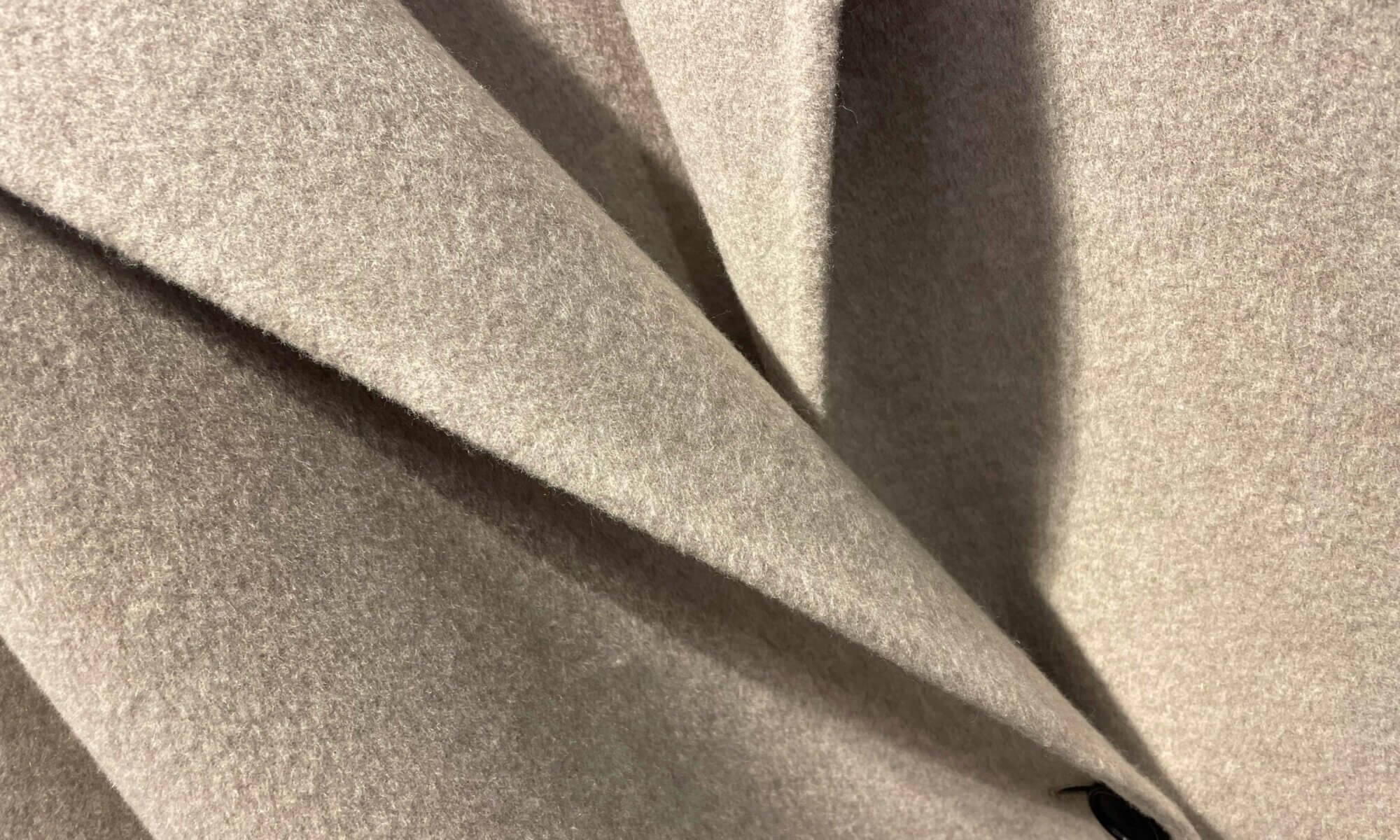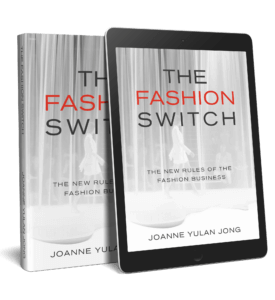Cashmere is often seen as the most luxurious, long-lasting, and sustainable material or yarn to buy. However, with the high global demand, traceability has become less easy. Companies have to go above and beyond to achieve supply chain transparency, and customers seem willing to pay for ethically produced cashmere.
I recently had the pleasure of being interviewed by luxury fashion journalist Lucie Muir on the topic of Luxury Cashmere and the Circular Economy. Read here the interview.
A circular supply chain
LM– When did leading fashion brands first cotton on to the importance of circularity in their supply chains and who are the early pioneers in this field?
JJ – The concept of circularity has always been around in that clothing used to be worn until threadbare and then reused as rags or mops. If they were high quality, they were either handed down, mended, or modified into something different. It’s only in recent history that the fashion industry began to capitalize on and feed our current throw-away culture.
I worked as a designer in Milan for more than a decade for the top luxury brands. I had no idea how damaging the fashion industry was. Everything I designed at Giorgio Armani, for example, was of the highest quality, and I worked directly with textile mill artisans and craftsmen. Italian production by default remains very sustainable because it’s possible to source the raw materials and manufacturing expertise locally.
Paying for integrity
Also, the end products are so high quality that customers are willing to pay a premium for that integrity. Today, they remain world-class in their talent to produce luxury products with a high level of transparency, ethics, and sustainability – you can see this, especially in Italian textile production.
It was only when I returned to the UK I realized that the country was hooked on fast fashion that was predominantly manufactured abroad, just how destructive the business was.
In recent years, the word “circularity” was coined to summarize what happens naturally in all our ecosystems on our amazing planet. In their 2002 book Cradle to Cradle: Remaking the Way We Make Things, architect William McDonough and chemist Michael Braungart noted the obvious: “Everything is a resource for something else.” The manta and phrase are also the backbone of the Ellen MacArthur Foundation.
The global cashmere clothing market size was valued at $3.20 billion in 2022. The market is projected to grow from $3.33 billion in 2023 to $4.44 billion by 2030
Source Fortune Business Insights

Companies leading the way
For the fashion industry, it is particularly hard to achieve circularity as there are so many components involved, and they are manufactured globally. One initiative is Cradle to Cradle Certified, which helps companies with that journey. Companies such as Mud Jeans are making strides.
LM – What advice would you give to a new fashion brand that has come to you seeking advice on how to up their green credentials?
JJ – All brands, from start-ups to the biggest global fashion groups like Kering and LVMH, are seeing that the tide is turning. Not only is legislation being introduced all over the EU and the world, but customers are turning to more responsible brands. Sustainability isn’t a point of difference anymore. It’s a crucial mindset for businesses that want to remain relevant and succeed. Zegna’s new incentive Oasi Cashmere, for example, is very positive. They are using QR codes so customers can trace the product’s origins right back to the source.
All brands can take action
Luxury brands can harness and leverage traceability well. Customers at that level are prepared to pay extra for that integrity. However, it is possible even at the high street level to just be curious about the product you are buying.
It’s important as a customer to ask more questions. Uncertified cashmere production can mask unethical farming and cruelty to animals.
M&S for example, have policies in place and the public domain for wool and cashmere. Their sustainability strategy on their website, states their cashmere from 2022 “will be certified by the Sustainable Fibre Alliance (SFA), which supports the livelihoods of herders, promotes high animal welfare standards, and reduces environmental impact”
Advice for SME’s
For smaller brands and SMEs, I would advise them to think about what sustainability means to them first and narrow down the areas in which their brand might approach better practice and reduce its overall impact. That could mean looking at raw materials, switching to certified or recycled, or using deadstock.
Then sign up for initiatives that can help highlight their positive actions in various areas. Communities like Positive Luxury and Collective Objective are fantastic ways to network and gain insights and knowledge. Certification such as B Corp also can highlight if a brand is serious about its sustainability strategy.

LM – Do certain fabrics such as cashmere lend themselves better than others to traceability?
JJ – To some extent, cashmere used to be easier to trace, but now its demand has increased, it has become like any other yarn, with all the issues of higher volume. The increased scale of production has challenged the supply chain. Traceability comes down to the overall commitment of the textile industry to document every process from the origin to the final product. This is where technology is being harnessed to greatly increase traceability.

LM- Finally, how do you see the future for circularity within luxury fashion, and how will technology play an increasingly important role in helping the consumer understand where their garment originated?
JJ – Circularity in fashion is the holy grail of sustainability. It’s one thing to trace the origins of fibres, but it’s another to be able to complete the circle. To do that, brands need to have their garments returned to them, for the garments to be able to be broken down into their raw components and recycled into new items. That means circularity requires designers to think about circularity from the concept stage. That means perhaps avoiding mixing fabrics on one garment. Take, for example, a cashmere cardigan with Japanese polyester panels. That’s tough and quite restricting for a designer to have to think like that. However, we must start to think like that now to reduce the impact of the industry. Technology and the widening use of blockchain are moving so quickly will be integral to more traceability and transparency.
Companies such as Provenance, Fairly Made, and Bearth are all examples of companies that help brands with supply chain transparency. They also help measure the impact and carbon foot print of the product.
The future of transparency
I hope one day everything in fashion will be labelled in a traffic light system much like the food industry with QR codes that show the total impact of the garments so customers can make informed choices. To date, brands have focused on areas where they have been regulated – mostly around ethics and welfare within the supply chain. But now that’s changing.
As we now can all see the impact of climate change, there is no doubt consumers will demand more transparency. Consumers do have all the power. We need to ask more questions before we buy.
At Yulan Creative, we assist business leaders in weaving best practices into their business from concept to final products. We can see your brand differently, uncover the uniqueness, and align your creative vision with your business strategy. If you need that clarity, why not contact us today.
Joanne Yulan Jong is a Creative Strategist, Fashion Writer, and Author of the bestselling book THE FASHION SWITCH ‘The New Rules of the Fashion Business’. She has been invited to be a regular columnist for WWD magazine.
DOWNLOAD THE ESG PLANNER



